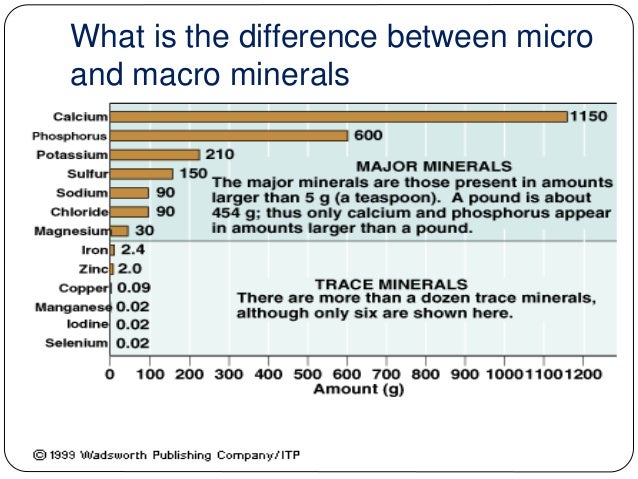

As the K levels increase, the Na levels will need to increase equally. PotassiumĪs mentioned previously, K works with Na in the body to regulate osmotic pressure and transport nutrients in and out of cells. Various factors affect salt intake and it is key to have plenty of fresh water available at all times. Cattle have a taste for salt and a 1400 lb cow will consume between 1 and 2 ounces of salt per day to meet requirements. Sodium plays a role with K for nutrient transport into and out of cells and Cl is involved primarily in the production of hydrochloric acid in the abomasum (stomach) to aid in digestion. Sodium chloride (NaCl, salt) promotes water intake. Sodium and chlorine work together to maintain cellular volume, pH and osmolarity of body fluids. If sulfur levels in the total diet exceed 0.30%, cattle can start to experience negative effects on health and performance. Many forages contain adequate sulfur to meet requirements and there is sulfur in the water, it will have an additive effect.

Cattle on pasture require 0.15% sulfur, but forages and water should be tested prior to adding sulfur to a mineral supplement. Symptoms include blindness, difficulty walking, muscle tremors, convulsions and ultimately death. Research conducted at the SDSU Cottonwood Field Station shows that excess sulfates in water can cause polioencephalomalacia (PEM or polio) in cattle.

There are multiple sources of S and some of these can result in toxicity, specifically high sulfate water in western South Dakota. Sulfur is necessary in the diet for the rumen microorganisms to form sulfur-containing amino acids. Sulfur is not typically thought to be necessary in mineral supplements, but conversely how it can cause toxicity. A high Mg mineral (8-13% Mg) should be provided to lactating cows two to four weeks prior to turn out onto rapidly growing grass, to increase Mg intake to 0.25% of diet dry matter and prevent grass tetany. Oftentimes these pastures have excess K, which inhibits Mg absorption in both the plant and animal. It is critical that cows receive sufficient Mg when they are lactating heavily, especially if they are grazing lush, rapidly growing pastures. Magnesium plays a role in enzyme and nervous system function, as well as carbohydrate metabolism. Magnesium is required at 0.20% of the diet dry matter for lactating cows and 0.12% for gestating cows. These requirements decrease in non-lactating cows. The Ca requirement for a 1400 lb lactating cows is 0.30% and P is 0.20% of the diet dry matter. The requirements for Ca and P change with animal age and stage of production. The optimum Ca:P ratio based on extensive research is 1.5:1 to 2:1.

It is relatively easy to meet requirements for Ca and P, but there is also value in ensuring the proper Ca:P ratio. On the other hand, P can be deficient in these forages and supplemental P is generally needed in forage-based diets, but how much? The key is to sample and test forages to determine mineral content and select a mineral to meet the cow’s needs. In general, grazing cattle will have adequate Ca in forages, especially legumes such as alfalfa. In addition to their role in bone development, Ca is also important in muscle function and P plays key roles in metabolic functions throughout the body. These are the main mineral constituents in bone. Calcium and PhosphorusĬalcium and P are two minerals that work hand in hand. Some of these minerals work together, while others work independently. These are calcium (Ca), phosphorus (P), magnesium (Mg), sulfur (S), sodium (Na), chlorine (Cl) and potassium (K). There are seven macro minerals that need to be analyzed and balanced within a cow’s diet. This article will focus on macro minerals. The macro minerals are required as a percent of the diet dry matter, while micro minerals or trace minerals are required in ppm (parts per million). Minerals are divided into two groups based on the quantity of the mineral required by the cow: macro minerals and micro minerals (trace minerals). There is value in analyzing your mineral program to determine if modifications need to be made to improve cattle health and performance. Without appropriate balance of minerals, cows may not perform as desired or could exhibit detrimental effects. Mineral nutrition is vital to overall cow performance. Originally written by Adele Harty, former SDSU Extension Cow/Calf Field Specialist.


 0 kommentar(er)
0 kommentar(er)
